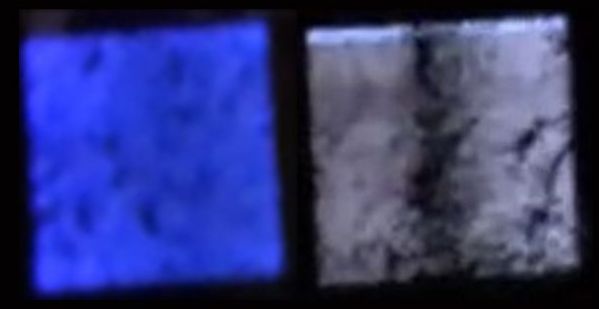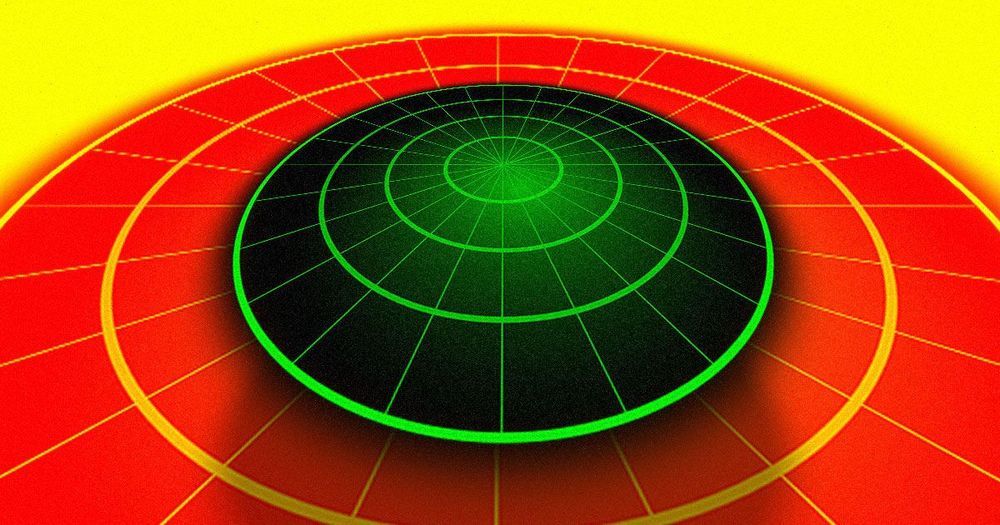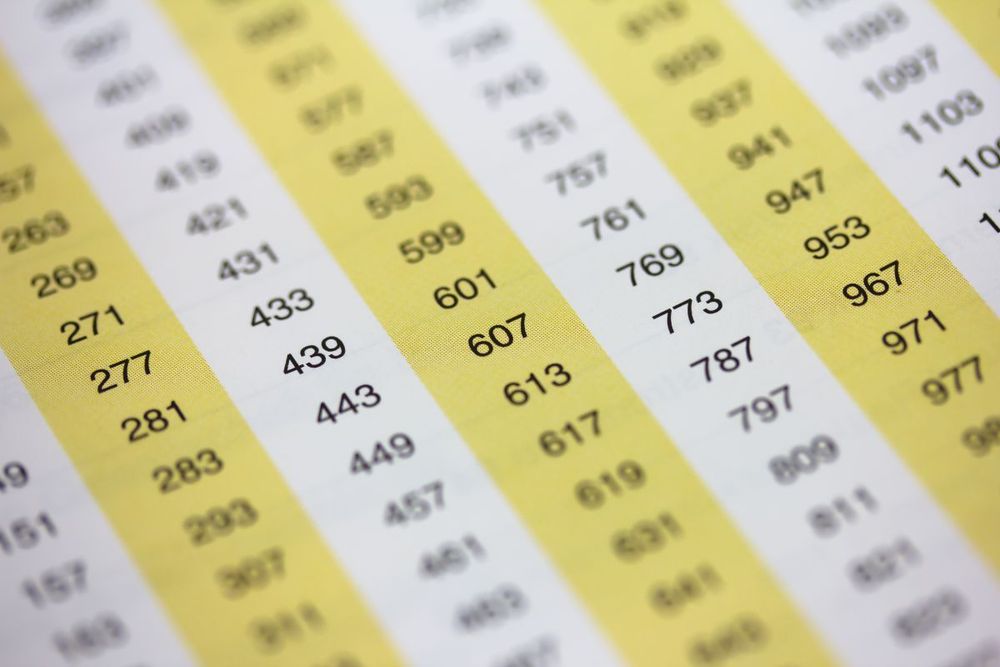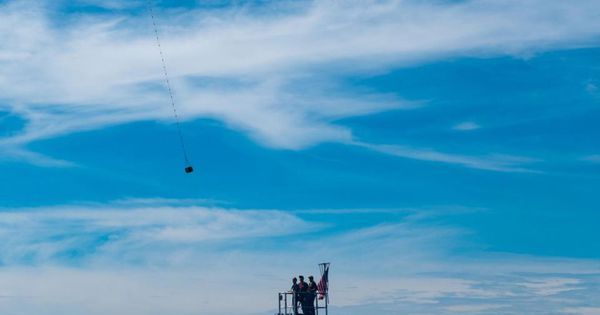Planting trees to save the planet just got a whole lot easier – no gardening gloves required.
Researchers say planting trees helps capture and store carbon – and a new app makes it easy for anyone to get involved.
Planting trees to save the planet just got a whole lot easier – no gardening gloves required.
Researchers say planting trees helps capture and store carbon – and a new app makes it easy for anyone to get involved.


If you’d like to finish off the year with a clear conscience, we’ve found the ideal eco-friendly charter yacht for your upcoming holiday voyage. Known as E, the 60-foot electric catamaran will hit the waters this December and promises a sailing experience that’s both luxurious and low impact.
Sail the Seven Seas guilt-free.
Family grows 7000 pounds of organic food per year on a tenth of an acre, supplying 90 percent of their diet… They spend less than $2 per day per person on other kitchen staples and make over $20,000 a year selling excess produce

Fifteen minutes from downtown Los Angeles, just 100 feet away from a major freeway, a small city lot was transformed into a mini paradise.

Compared to regular blue OLED these converted white OLED last 30 times longer.
Organic light-emitting diodes (OLEDs) have come a long way since the first working device was reported three decades ago. Prized for their dark blacks, crisp image reproduction, and power efficiency, today’s OLEDs dominate the screens of Android phones and LG televisions. They may take over iPhones as early as next year.
And because OLEDs are cheap and easy to make, we ought to also use them to make white light for general illumination, says Konstantinos Daskalakis, a post-doctoral researcher at Aalto University in Finland.
Except white is an OLED’s Achilles’ heel. Typically, to get white light, individual red, green, and blue emitters shine at the same time. This makes white the most power-hungry color, reportedly requiring six times as much power as it takes to produce the color black on a Google Pixel. Other strategies to generate white light include carefully doping emitting layers with chemicals, but this approach makes it harder to fabricate devices.

As an astronomer, there is no better feeling than achieving “first light” with a new instrument or telescope. It is the culmination of years of preparations and construction of new hardware, which for the first time collects light particles from an astronomical object.
This is usually followed by a sigh of relief and then the excitement of all the new science that is now possible.
On October 22, the Dark Energy Spectroscopic Instrument (DESI) on the Mayall Telescope in Arizona, US, achieved first light. This is a huge leap in our ability to measure galaxy distances – enabling a new era of mapping the structures in the Universe.


Mathematicians have uncovered a big new piece of evidence for one of the most famous unproven ideas in mathematics, known as the twin prime conjecture. But the route they took to finding that evidence probably won’t help prove the twin prime conjecture itself.
The twin prime conjecture is all about how and when prime numbers — numbers that are divisible only by themselves and 1 — appear on the number line. “Twin primes” are primes that are two steps apart from each other on that line: 3 and 5, 5 and 7, 29 and 31, 137 and 139, and so on. The twin prime conjecture states that there are infinitely many twin primes, and that you’ll keep encountering them no matter how far down the number line you go. It also states that there are infinitely many prime pairs with every other possible gap between them (prime pairs that are four steps apart, eight steps apart, 200,000 steps apart, etc.). Mathematicians are pretty sure this is true. It sure seems like it’s true. And if it weren’t true, it would mean that prime numbers aren’t as random as everyone thought, which would mess up lots of ideas about how numbers work in general. But no one’s ever been able to prove it.
Related: Mathematicians Edge Closer to Solving a ‘Million Dollar’ Math Problem.

